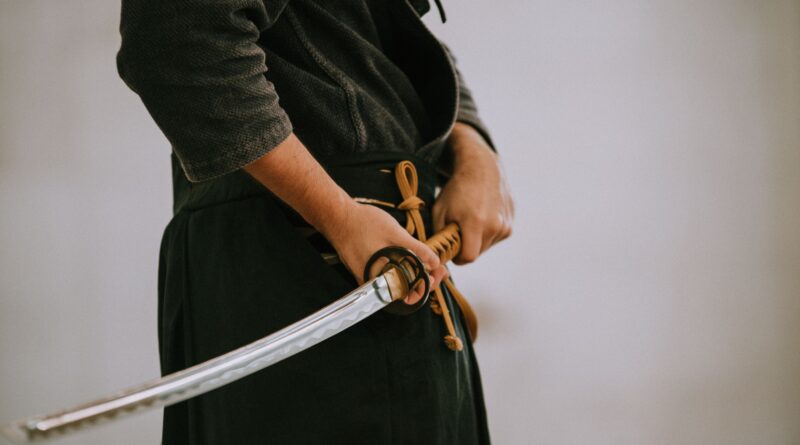Benkei ni Naginata (弁慶に薙刀 – Adding Wings to a Tiger)
Benkei ni Naginata
弁慶に薙刀
In yesterday’s post, I introduced the idiom oni ni kanabō (鬼に金棒), which means “making an already strong person even stronger by adding something.”
昨日の投稿では、「すでに強いものがさらに強くなること」を意味する「鬼に金棒」という慣用句を紹介しました。
There is another idiom that has the same meaning: Benkei ni naginata (弁慶に薙刀).
「鬼に金棒」と比べると使われる頻度は下がりますが、同じことを意味する慣用句に「弁慶に薙刀」があります。
Benkei (弁慶) refers to Musashibo Benkei (武蔵坊弁慶), a monk in the late Heian period (around the 12th century). He had a large body and monstrous strength, and had defeated many samurai.
「弁慶」は平安時代末期の僧侶「武蔵坊弁慶」のことで、体が大きく怪力であり、多くの武者を倒したとされています。
Benkei was skilled in the use of naginata (薙刀), a long-handled sword, and it is said that the combination of Benkei and the naginata was terrifying.
そんな弁慶の得意とした武器が、長い柄に刃をつけた「薙刀」であり、弁慶が薙刀を持つとそれはそれは強かったそうです。
You can also say oni ni kanabō, benkei ni naginata (鬼に金棒、弁慶に薙刀), by combining the two idioms.
「鬼に金棒、弁慶に薙刀」のように、続けて言うこともあります。




